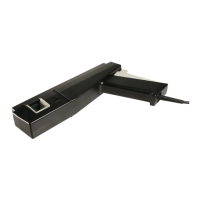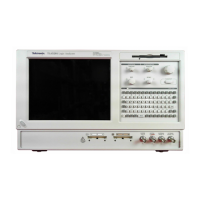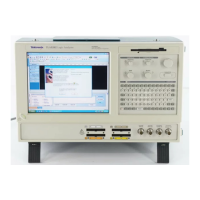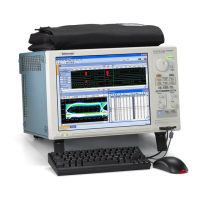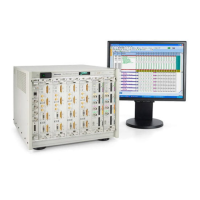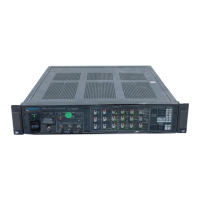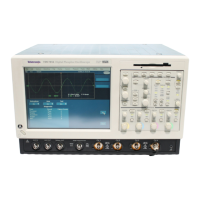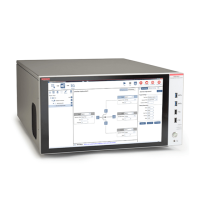Reference
This section contains information about taking measurements with the p robe
and increasing measure ment accuracy.
Single-ended measurements
A differential probe, such as a P7700 Series probe, can be used for single-ended
measureme
nts w ithin the limits of its dynamic and offset voltage ranges.
Single-ended mea surements on differential signals are used to measure common
mode voltage and check for differential signal symmetry. By using a TriMode
probe, you can easily take these measurements with one solder tip DUT
connection. (See Table 3.)
Table 3: Single-ended dynamic and offset ranges
Probe Attenuation DC offset Dynamic range
Flex circuit based solder
tips (single-ended signals)
4X ±4 V 2.5 V
p-p
P77STCABL (single-ended
signals)
4X ±4 V 2.5 V
p-p
P77BRWSR
1
,
(single-ended signals)
10X ±10 V 6.0 V
p-p
1
The P7700 Series probes have independent A and B input offset controls. To take a single-ended measurement, use the B input for reference and set the B
offset to ground or the reference level of the measured signal. S et the A signal offset to the DC common-mode voltage of the measured signal.
Single-ended measurements can be made using P7700 Series TriMode solder tips
different ways. If a TriMode solder tip such as a TekFlex solder-in tip includes a
soldered ground wire connection to the DUT, then single-ended measurements
can be made of either the A or B input signals, depending on the selected Input
mod
e. Selecting the A input mode enables an A input signal measurement, which
will be affected by the A offset setting. Selecting the B input mode similarly
enables a B signal input and B offset voltage measurement. An example of this
TriMode configuration measurement is wiring a single-ended 2.5 V CMOS logic
signal to the A input via of a TekFlex solder-in tip, along with a ground via wire
connection. In order for the 2.5 V logic signal swing to fit within the probe tip
d
ynamic range, the A offset should be set to +1.25 V, which is the center of the
logic signal swing. With the A input mode selected this single-ended logic signal
can be measured. In this example, the B input signal can be left open, as long as
the B offset is set within ±0.625 V to keep both probe tip buffer inputs within their
linear operating range. The B offset range in this case is limited to half the input
signal dynamic range due to the 2X multiplication effect on the offset for a n open
input. Alternatively, the B input can be connected to another single-ended signal
and a separate single-ended measurement can be made by selecting the B input
mode with an appropriate B offset setting.
P7700 Series TriMode Probes Technical Reference 31
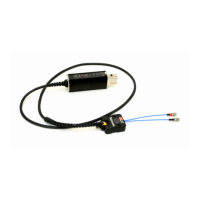
